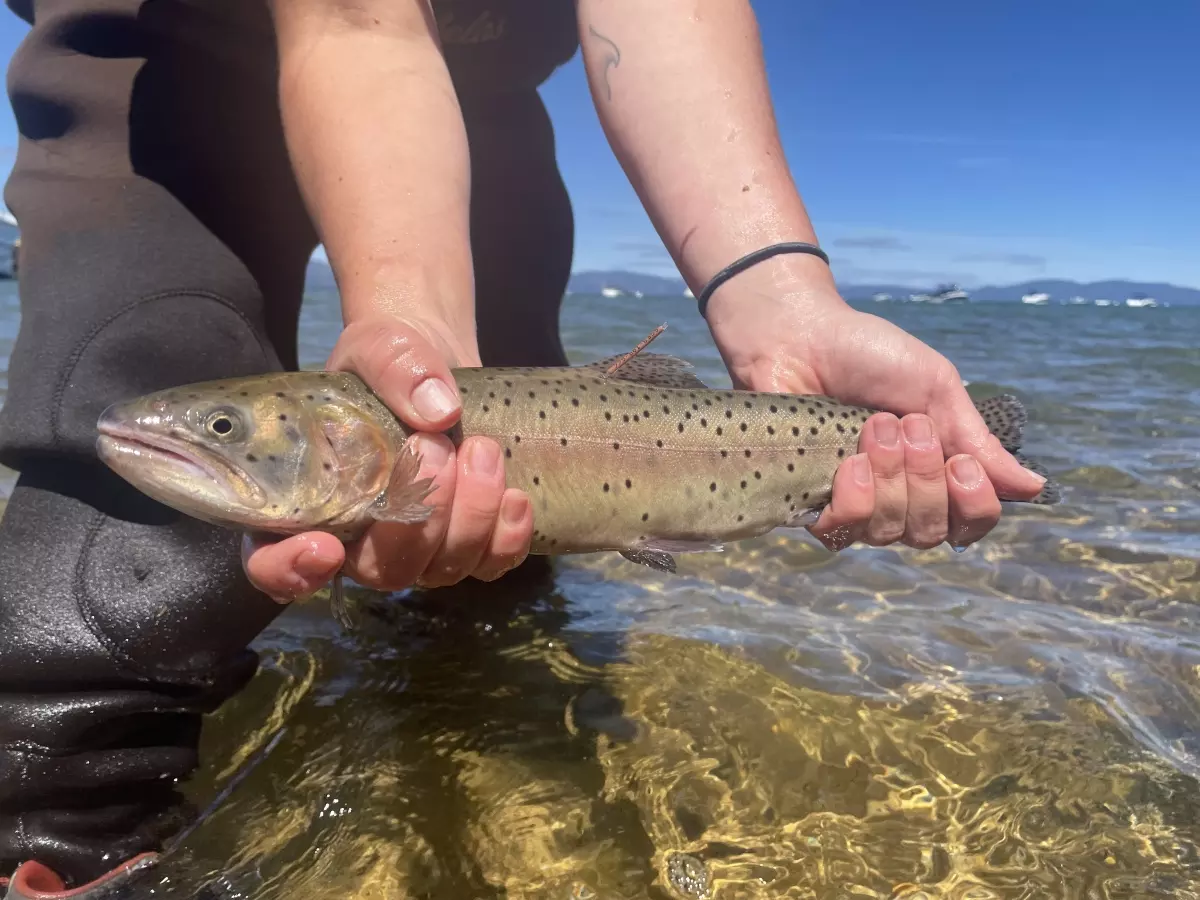BLM needs to consult with tribal nations about proposed oil and gas reforms

As chairman of the Te-Moak Tribal Council overseeing the Four Bands — Battle Mountain Band, Elko Band, South Fork Band and Wells Band — I am always looking for ways to recognize the history of our people by preserving our cultural heritage sites and the conservation of our wildlife and fish habitats.
The Bureau of Land Management (BLM) is proposing a number of reforms that would allow us to further these goals, namely by beginning to factor traditional knowledge, historical properties, sacred sites, and fish and wildlife habitat into the criteria and requirements of what lands are suitable for energy development, in addition to removing sensitive sites from future lease sales. We believe such improvements will not only reduce conflict and allow the BLM to better manage land for multiple uses but also will strengthen protections for culture and habitat rich areas that are used in the traditional ways.
We all know the land and waters we cherish are facing increased pressure from a range of uses, and we need to remember that special places must be protected just as much as our energy economy. For instance, oil and gas development should not be considered in places such as the Ruby Mountains. Congress must pass legislation to protect these sacred lands.
We’ve been fighting to protect the Rubies for many years, because the Shoshone people have used these mountains to live, pray and travel. For generations, we have also relied upon these mountains to provide various foods and medicinal plants we gather as we trek across the landscape, including, but not limited to, red and green willow, sage, cedar, pine nuts and doza root.
People also tend to forget about the Treaty of Ruby Valley and the Shoshone boundaries, which is why we believe so strongly in Tribal consultation and collaboration in these areas. The Rubies are also home to the best remaining habitat in Nevada for threatened Lahontan cutthroat trout as well as the largest mule deer migration corridor in the state.
By implementing the BLM’s proposed reforms, we believe such improvements will not only reduce conflict and allow the bureau to manage for multiple uses but will also strengthen protections for cultural and habitat rich areas.
In accordance with recent orders from the Department of the Interior, specifically Secretary’s Order No. 3403, we urge the BLM to follow through on this directive and begin, as stated in the order, “Tribal consultation and collaboration to be implemented as components of, or additions to the Federal Land Management priorities and direction for recreation range, timber, energy production, and other uses such as conservation of wilderness, refuges, watersheds, wildlife habitat and other values.”
Te-Moak Tribal Members and the people who live alongside them have a long history across the West and can offer guidance on how to be more protective of cultural heritage sites and conservation of wildlife and fish habitats. With this aim, we support the proposed BLM reforms and encourage others to do so as well.
Joseph Holley is the chairman of the Te-Moak Tribe of Western Shoshone.